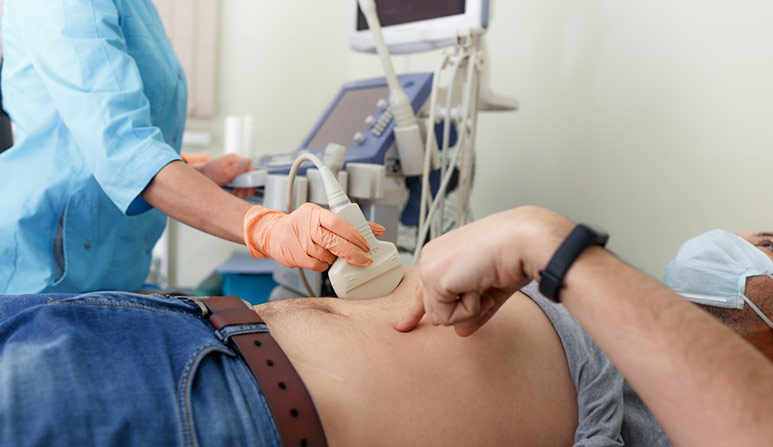Mesenteric Artery Ultrasound
What is a mesenteric artery ultrasound? A mesenteric artery ultrasound is a non-invasive test that uses sound waves to examine the blood flow in the arteries of the intestines. There are two branches of the mesenteric artery that comes off of the main abdominal aorta, the superior mesenteric artery and the inferior mesenteric artery. The superior mesenteric artery supplies blood to the pancreas, part of the stomach, small intestines, and portions of the large bowel. The inferior mesenteric artery supplies blood to a majority of the large intestines.

Why may this test be performed? These tests are conducted to see if there are any blockages or narrowing in the arteries. The most common symptoms that patients face are abdominal pain and/or cramping after eating a meal. Some patients may also experience unexplained weight loss. The test may be ordered if you have an existing arterial disease or need a follow-up after a surgical procedure.
How should I prepare?
- Avoid chewing gum or smoking the day of the exam
- Wear two piece, comfortable clothing, avoiding dresses
If you are diabetic and unable to fast, you may have a light breakfast that is low in fat and avoid dairy products, carbonated beverages, or caffeinated beverages. Ask your provider if it is safe to take insulin or other diabetic medications the morning of the exam.
Avoid eating anything for eight hours before the exam. You may take any prescribed medications with small amounts of water.
How is the test performed? Your healthcare provider will ask you to lie on your back on an examination table with your abdomen exposed. Gel will be placed on the abdomen and an ultrasound wand, known as a transducer, will be moved across to collect images of your mesenteric arteries. It is possible that the provider performing the test may ask you to hold your breath a few times during the exam. The test takes approximately 30-45 minutes to complete. Once the test is completed, you may return to normal activities.
Results: After the images are analyzed and written into a report, the physician who ordered the test will go over the results and any next steps that may need to be taken.
